Tibet is a place of ancient customs. Local language, clothing, and spirituality all have deep roots in Tibet's history that live on in the present, and those living traditions include Tibetan cuisine. Tibetan butter tea, known as "po cha," is an iconic beverage deeply ingrained in Tibetan culture. Found all over Tibet, it is something you must try on your visit there. Here are 10 facts about Tibetan butter tea, the most beloved beverage in Tibet.
1. Tibetan Butter Tea is Different from Tibetan Sweet Tea.
Tibetan butter tea and Tibetan sweet tea are two beverages beloved in Tibetan culture, but while both have an essential place in the lives of local people, the two drinks couldn't be more distinct. Butter tea is a savory drink prepared from brick tea mixed with yak butter and occasionally a pinch of salt. The result is a creamy beverage that is nourishing in the harsh climate.
On the other hand, Tibetan sweet tea, also known as Qabadi, is a sweet and refreshing beverage. Also, starting with black tea leaves and water, Tibetan sweet tea adds sugar and sometimes condensed milk for a sweet drink served as a lighter and more dessert-like refreshment.
2. Tibetan Butter Tea is Indispensable in the Daily Lives of Tibetan People.
Tibetan butter tea is a centerpiece of Tibetan social interaction and hospitality. Guests are customarily welcomed with a hot cup of butter tea as a symbol of respect and goodwill. It is shared among monks during communal gatherings, debates, and teachings within monasteries. The beverage is also commonly used as an offering during religious festivals and ceremonies.
Outside of ceremonial uses, Tibetan people also rely on butter tea for its hearty warmth, particularly during the long, cold winters. The lives of many local people involve physically demanding labor and endurance, and the rich energy from the yak butter is a vital source of nourishment.
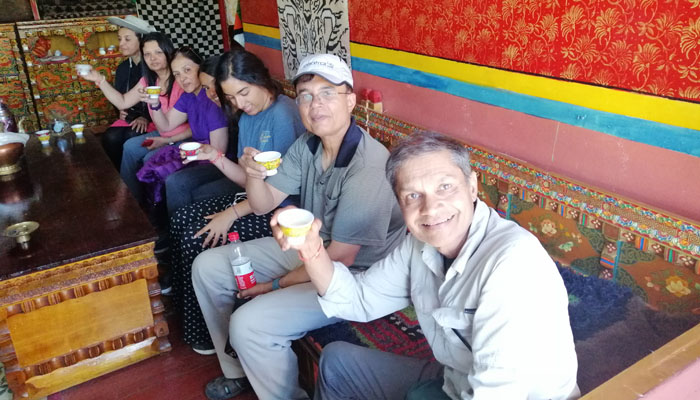 Guests are customarily welcomed with a hot cup of Tibetan butter tea in Tibet.
Guests are customarily welcomed with a hot cup of Tibetan butter tea in Tibet.3. Tibetan Butter Tea Is More Than a Beverage; It's a Symbol of Tibetan Culture.
At its core, Tibetan butter tea is a symbol of the resilience of the Tibetan people who endure the demanding terrain and climate of the Tibetan plateau. It is a drink that has become ingrained in the hearts and lives of the people there, becoming deeply interwoven into social customs.
From everyday life to festivals and religious ceremonies, butter tea is a thread that binds together the facets of Tibetan identity and connects generations to their cultural heritage. Over time, the drink has come to be a physical symbol of the hospitality and enduring spirit of Tibetan culture.
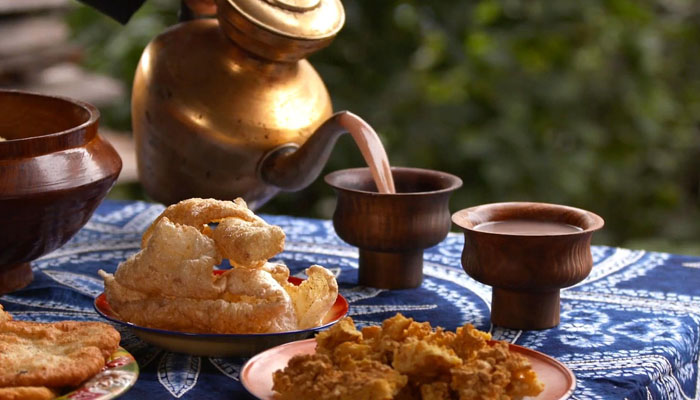 Tibetan butter tea has become ingrained in the hearts and lives of local Tibetans.
Tibetan butter tea has become ingrained in the hearts and lives of local Tibetans.4. Tibetan Butter Tea Helps Prevent Altitude Sickness and is Recommended for Tourists Visiting Mt. Everest and Mt. Kailash.
For visitors not used to high altitudes, locals and tour guides often suggest Tibetan butter tea as a way to help mitigate the effects of altitude sickness. Its extra energy helps people cope with the low-oxygen environment, and its warmth helps regulate body temperature in the cold found in the heights of the Tibetan Plateau. This traditional beverage has long been valued for aiding acclimatization and relieving symptoms.
The common effects of altitude sickness include headaches, nausea, vomiting, fatigue, dizziness, shortness of breath, and insomnia. Generally, when at lower altitudes in Tibet, like Lhasa, mild altitude sickness might occur. However, if planning to visit higher regions such as Mount Kailash or Mount Everest, preparing for altitude acclimatization is crucial. Alongside staying warm and ascending gradually, it's recommended to drink plenty of fluids and indulge in comforting butter tea.
5. Tibetan Butter Tea Also Replenishes Energy and Provides warmth.
Among its many benefits, the combination of tea, yak butter, and salt creates a calorie-dense drink. In the challenging plateau environment, the instant energy boost from butter tea can be crucial in combating fatigue. The warmth of the beverage is also deeply comforting, particularly at high altitudes and during harsh winters. Having a rich, hot drink like this helps keep your body warm and shields you from the cold.
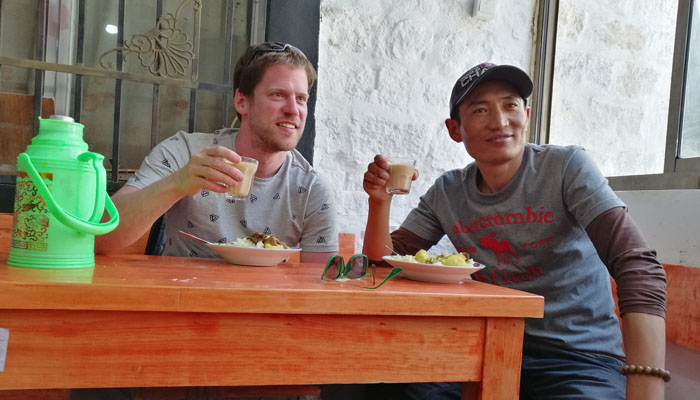 Taste Tibetan butter tea with our Tibet travel guide
Taste Tibetan butter tea with our Tibet travel guide6. Tibetan Butter Tea Is Often Used to Moisturize Skin During Dry Winter Seasons.
Tibetan butter tea also serves as a traditional remedy for the dry skin that can result from the arid winters in Tibet. The high-fat content of yak butter has long been recognized by locals for its emollient properties that make it effective in moisturizing and hydrating the skin.
Local people, particularly those exposed to the elements for long periods, apply a thin layer of cooled butter tea onto their skin. Yak butter's natural fats are soothing to irritated skin and help to lock in moisture to stave off the dry, cracked skin that can result from the harsh climate.
7. The Traditional Method of Making Tibetan Butter Tea is Completely Handmade.
Making Tibetan butter tea is a meticulous, handcrafted process. It starts with carefully selected tea leaves or brick tea boiled in a pot for an extended period to produce a strong, thick juice. This concentrated tea is then transferred to a wooden churn. Adding yak butter and salt, vigorously agitate the churn up and down numerous times to thoroughly blend the butter tea mixture. Once done, transfer it to a pot, heat it up, and your fragrant, delightful butter tea is ready to serve.
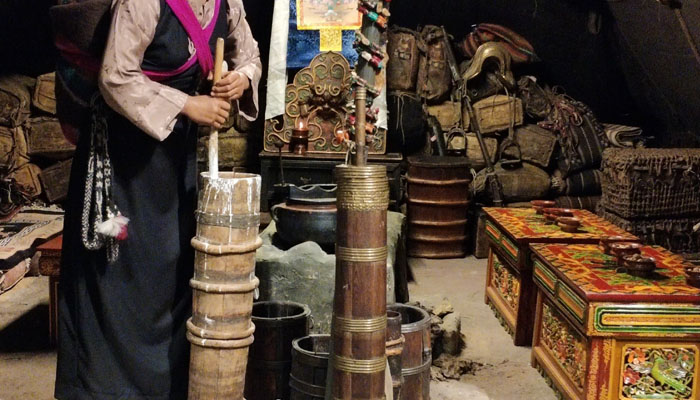 Traditional way of making Tibetan Butter tea
Traditional way of making Tibetan Butter teaYak butter, a crucial ingredient in Tibetan butter tea, is also handmade and extracted from the milk of yaks or goats. To begin, heat the milk and pour it into a large wooden churn. Vigorously plunge the churn up and down hundreds of times, separating the oil from the water and creating a layer of creamy yellow fat on top. This fat is then scooped and poured into leather pouches. Once cooled, it solidifies into yak butter.
The entire process of making Tibetan butter tea is time-consuming and requires vigorous manual effort. However, the authenticity of this process enhances the beverage's unique flavors and contributes to preserving cultural heritage.
8. It is Simple to Make Tibetan Butter Tea By Yourself at Home.
While the traditional process of making Tibetan butter tea is long and labor intensive, making a simple version of the iconic beverage in your home using easy-to-find ingredients is possible. Start by brewing strong brick tea. Loose brick tea leaves work best, but using tea bags is also possible. Steep them in water for several minutes to get a strong infusion.
Next, strain the tea into a container suitable for mixing. If you can't find yak butter, regular unsalted butter is a good substitute. Add a small amount to the tea, along with a pinch of salt. Stir the mixture vigorously by hand, or use a blender to mix thoroughly. You should see a frothy layer on top by the time it's ready to drink. It might take a little experimenting to get the right ratio of tea, butter, and salt, but it's worth it to end up with a rich, warm beverage great for winter days.
9. Drinking Tibetan Butter Tea Involves Local Customs and Traditions.
There are certain customs and traditions associated with drinking Tibetan butter tea. Typically prepared by women in Tibetan households, the process involves unique methods of brewing the tea, mixing butter and salt, often passed down through family generations. When serving guests or during important events, Tibetan butter tea is often presented in wooden barrels or special teapots, signifying respect and regard for the guests.
There's specific etiquette involved in drinking butter tea. People hold the cup with the right hand while supporting the bowl with the left hand, often smelling the aroma of the tea before sipping as a sign of respect. When offered, guests receive the cup with both hands and, after drinking, leave a little tea in the bowl to show appreciation to the host.
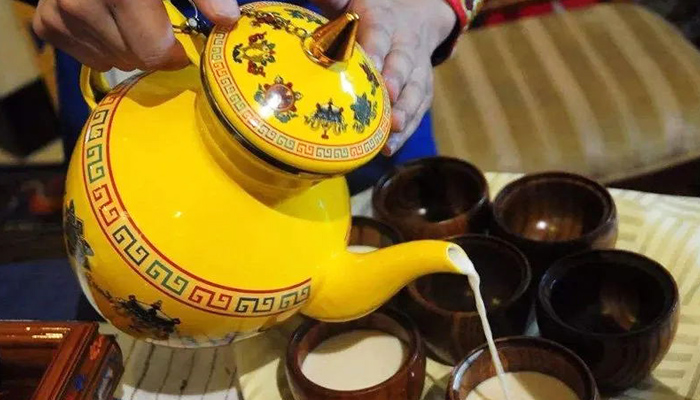 There are some customs and traditions when drinking Tibetan butter tea.
There are some customs and traditions when drinking Tibetan butter tea.This traditional beverage goes beyond being just a drink; it encapsulates culture, social interaction, and hospitality. Drinking butter tea isn't solely about quenching thirst; it's a vital way to experience Tibetan culture and the warmth of human connections.
10. Tibetan Butter Tea is One of the Most Popular Souvenirs for Tourists.
The unique flavor and cultural significance of Tibetan butter tea make it a popular souvenir for tourists. Packaged versions of the tea offer a convenient way to take home a reminder of the region's rich heritage. Usually in powdered or condensed form, the packages of butter tea come with instructions allowing people to recreate the experience of enjoying the tea at home. As a symbol of Tibetan culture and with a distinctive taste, as a souvenir, Tibetan butter tea will let you relive the memories of your trip to Tibet.
Conclusion
The importance of Tibetan butter tea in local lives and traditions can't be overstated. Perfectly suited to the climate and lifestyles in Tibet, Tibetan butter tea keeps locals energized throughout their daily lives and warm throughout the cold weather. The best way to experience the taste and traditions of the iconic beverage is to go there and try it in person. Contact us to find out more about how you can experience Tibetan culture, including butter tea.
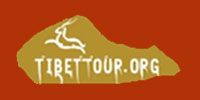



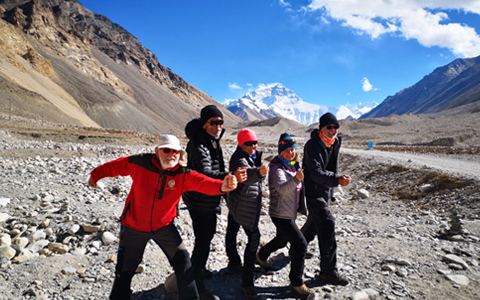
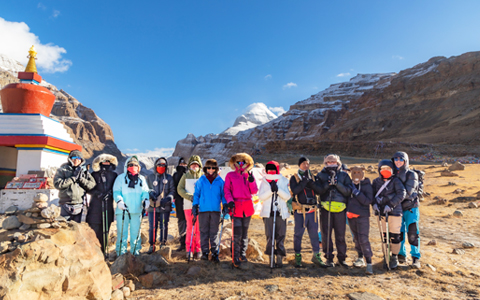
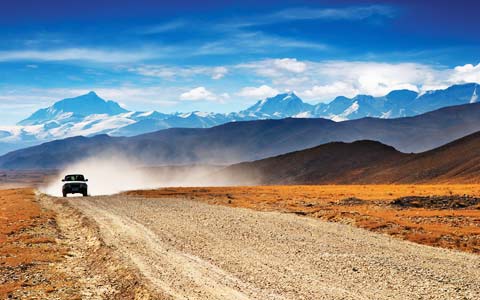
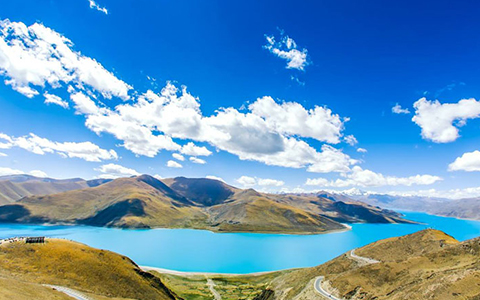
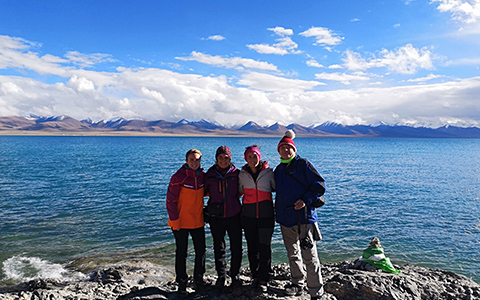
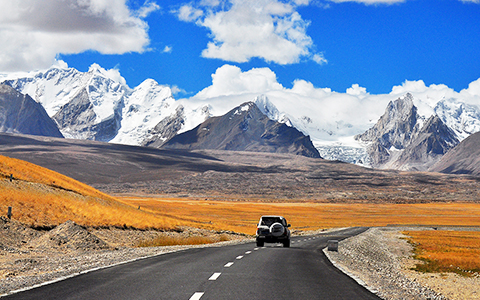







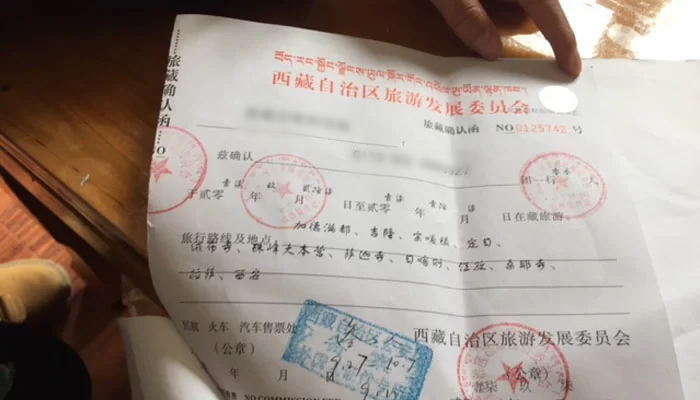
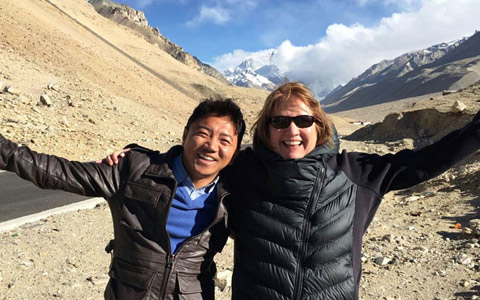







 Guests are customarily welcomed with a hot cup of Tibetan butter tea in Tibet.
Guests are customarily welcomed with a hot cup of Tibetan butter tea in Tibet. Tibetan butter tea has become ingrained in the hearts and lives of local Tibetans.
Tibetan butter tea has become ingrained in the hearts and lives of local Tibetans. Taste Tibetan butter tea with our Tibet travel guide
Taste Tibetan butter tea with our Tibet travel guide Traditional way of making Tibetan Butter tea
Traditional way of making Tibetan Butter tea There are some customs and traditions when drinking Tibetan butter tea.
There are some customs and traditions when drinking Tibetan butter tea.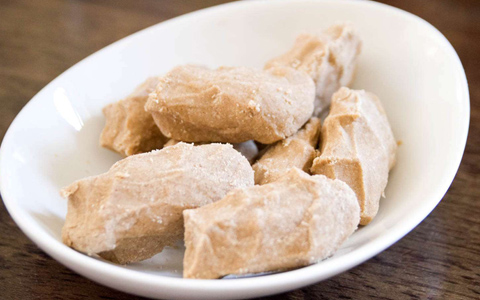

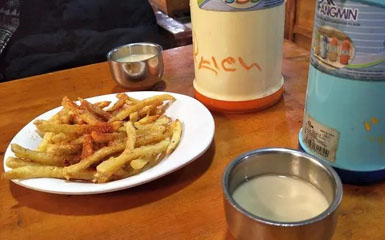




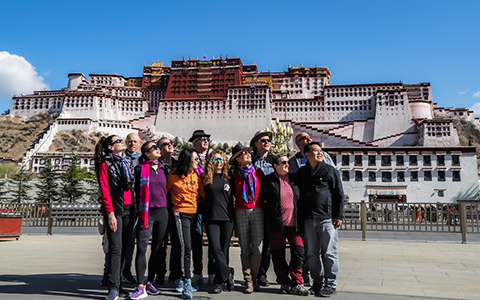


Ask a Quick Question